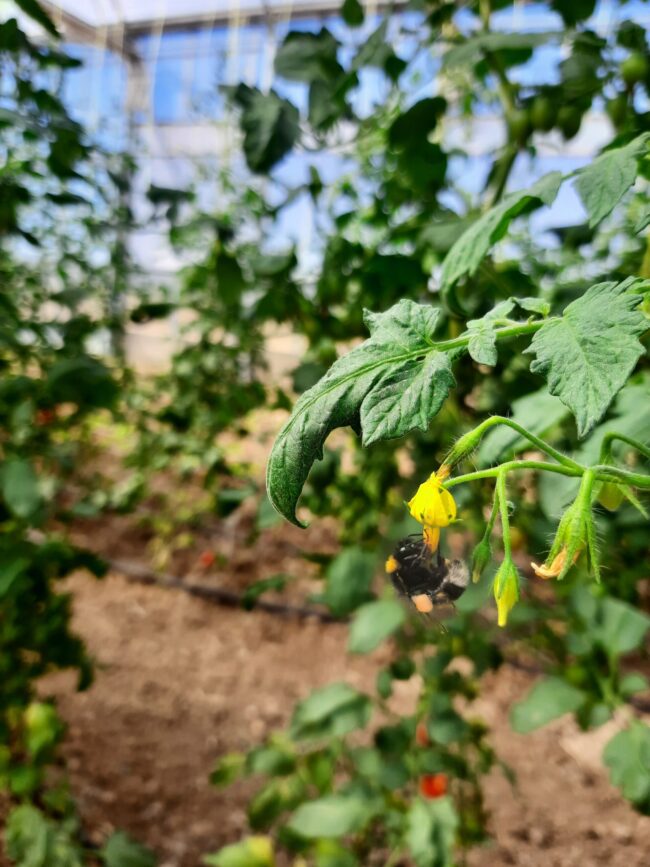In the exciting world of agriculture, the quest for sustainable and efficient solutions to maximize crop production is an ongoing priority. One of the most fascinating and environmentally friendly approaches that has emerged in recent years is the artificial introduction of bumblebees into greenhouses for crop pollination, along with the incorporation of beneficial insects for natural pest control.
The importance of pollination in agriculture is immeasurable. Bees and other pollinators play a crucial role in the production of fruits, vegetables, and nuts that we consume daily. However, due to factors such as climate change and habitat loss, bee populations have declined in many regions of the world. This is where the controlled introduction of bumblebees into greenhouses comes into play.
These tireless winged workers become valuable allies for farmers by enhancing pollination efficiency in protected crops. Furthermore, their use can significantly increase the quality and quantity of the harvest, resulting in tastier and healthier products for consumers.
But it doesn’t stop there. Intensive agriculture also concerns itself with pest management in a natural and responsible way. Instead of relying excessively on chemical pesticides, farmers are turning to the introduction of beneficial insects such as ladybugs, lacewings, and parasitoid wasps to keep pest populations in check.
This approach, known as biological control, is environmentally friendly and helps reduce the carbon footprint of agriculture by decreasing the need for chemicals. Additionally, it helps preserve soil health and biodiversity in crop fields.

